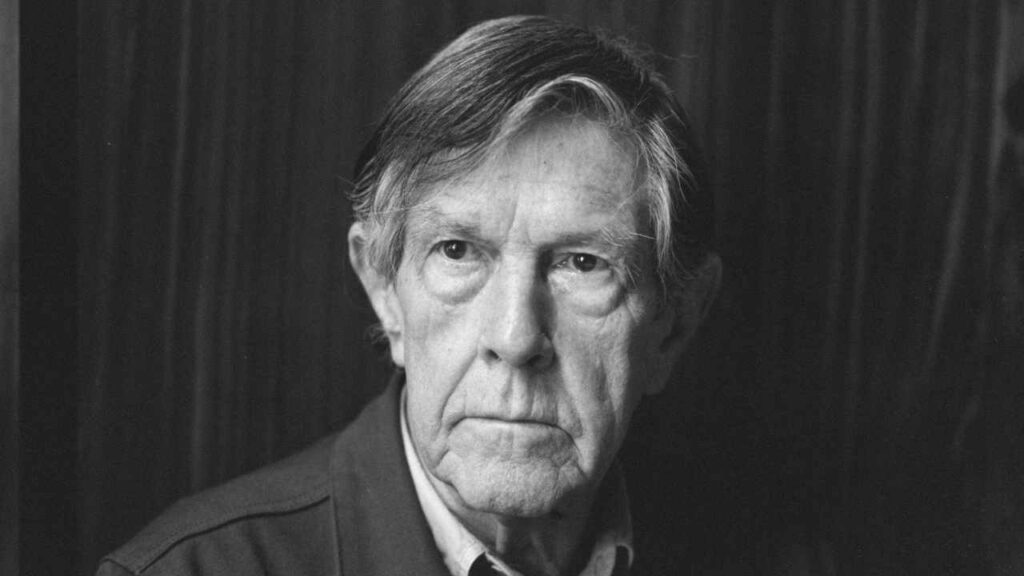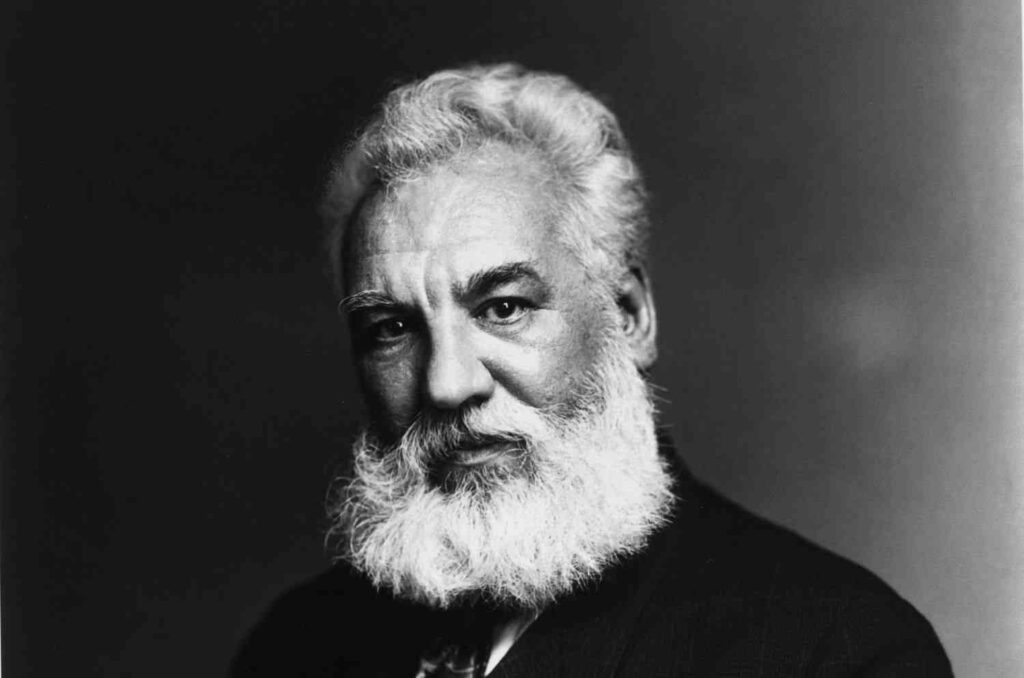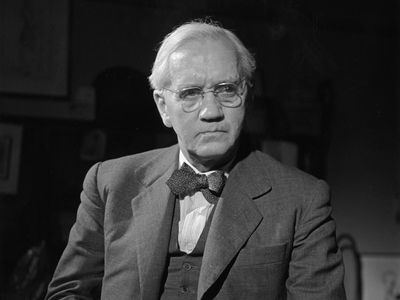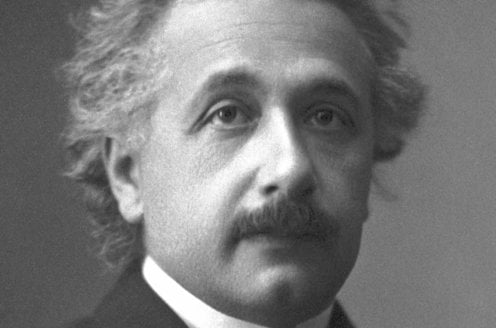Alexander Fleming ( 6 August 1881 – 11 March 1955 ) , the inventor of penicillin , was a Scottish biologist and pharmacologist . He is famous as the inventor of penicillin ( 1928 ) . He published many research papers on subjects like bacteriology , immunology and chemotherapy . He also discovered an enzyme called lysozyme in 1923. He was jointly awarded the Nobel Prize for Medicine in 1945 for the discovery of penicillin . During the First World War , Fleming was assisting bacteriologist Almroth Wright . He found that antiseptics are effective for the outer part of the wound , but are harmful for the inner parts of the body because they destroy the body ‘s immunity . Through an experiment , Fleming showed how antiseptics destroy immunity faster than the disease itself . Almroth Wright confirmed Fleming ‘s discovery , but despite this , army doctors continued to use antiseptics even though the condition of the wounded worsened . At the same time, Fleming made a revolutionary discovery . He was researching Staphylococcus Bacteria at the time . When he arrived at the lab one morning , he noticed that the bacteria culture plate had grown slightly moldy . And the special thing was that there was no trace of bacteria as far away as the fungus had grown . She did more research on the mold and found it was totally effective at killing bacteria . Initially , Fleming named it mold juice , which later changed to penicillin . This was the world ‘s first antibiotic or bacteria killer. Fleming (Alexander Fleming ) was doing some experiments in a petri dish one day when he noticed that it had grown mold Wherever the mold has grown in the petri dish , the bacteria have died He noticed that the fungus was Penicillium nautadum He repeated this incident again He grew samples of this fungus and observed their effect on bacteria he found that the sap of this fungus killed the disease bacteria This was a very important invention for them. Two other scientists stabilized it in 1938. After that , this drug was used on 6 patients injured in the Second World War in 1941. Good results were obtained but due to the shortage of penicillin , these 6 patients died . At the end of the same year , he went to America in connection with the method of separating penicillin . There he discussed the method of separating penicillin with many scientists . Finally , the method of separating it was discovered . Soon this drug became the crown jewel of curing infectious diseases Penicillin proved to be a panacea in healing the wounded in World War II Subsequently , penicillin injections and tablets were used in many infectious diseases Until about 1970 , the drug was used extensively on surgical patients Since the 1970s , when people started dying from the activity of this drug , its use has become almost non – existent Process Processes are called enzymes in English , which are proteins that catalyze chemical reactions . The word enzyme was used for the first time by Kuhve in 1878 for these . The sources of enzymes are mainly microorganisms , and then plants and animals . The study of bringing useful changes in the properties of a process by changing its amino acids is called process engineering or enzyme engineering . The sole purpose of enzyme engineering is to obtain more active , stable and useful enzymes for industrial or other industries . Rennet obtained from animals is also a process , along with being a catalyst of biological activities taking place in the body , it also produces different types of proteins in the body for necessary reactions . Their role is so important that they either start the body ‘s chemical reactions or speed them up . The quality of their motivation is a cyclical process . Like all catalysts , catalysts also act to reduce the catalytic energy of the reaction , resulting in an increase in the speed of the reaction . Most catalyzed reactions occur millions of times faster than other uncatalyzed reactions . Similarly , like all other catalytic reactions , enzymes are not consumed in the reaction , nor do they change the reaction time . Purification and stabilization At Oxford , Ernst Boris Chen and Edward Abraham were studying the molecular structure of antibiotics . Ibrahim was the first to propose the signature structure of penicillin . Shortly after the team published their first results in 1940 , Fleming called Howard Florey , head of Chen ‘s department , to say that he would be leaving within the next few days . When Chen heard that Fleming was coming , he said , ” Good God ! I thought he was dead . “ Norman Heatley suggested that the active ingredient of penicillin be transferred back to water by changing its acidity . It produced enough of the drug to begin testing on animals that included many of the Oxford team , and at one point the entire Dune School was involved in its production .









